In areas affected by drought, you have to be inventive in the search of water.
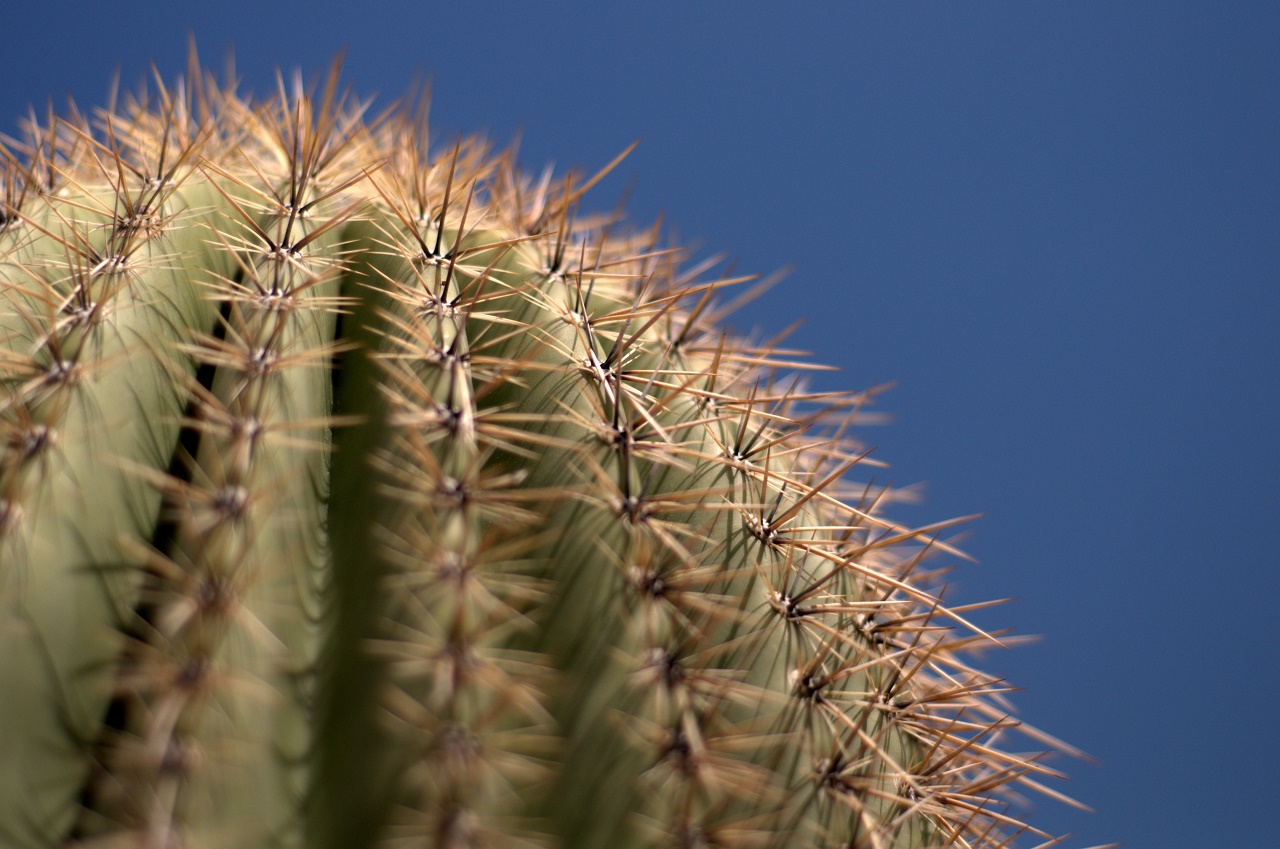
Water from Air
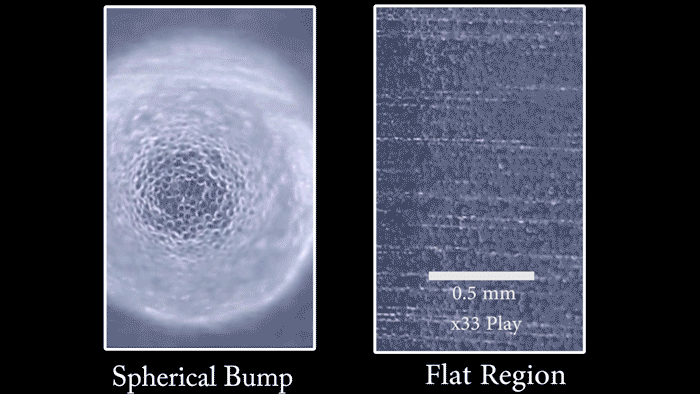
Now, researchers have developed a new material that effectively collects water from the air. The researchers were inspired by cacti, to create a material that makes water vapor condense, ready to be collected.
To create this water collecting material the researchers took inspiration from life forms that live in some of the hottest places on Earth. Where evolution has shaped life itself to develop water-collecting properties.
“Life Finds A Way”
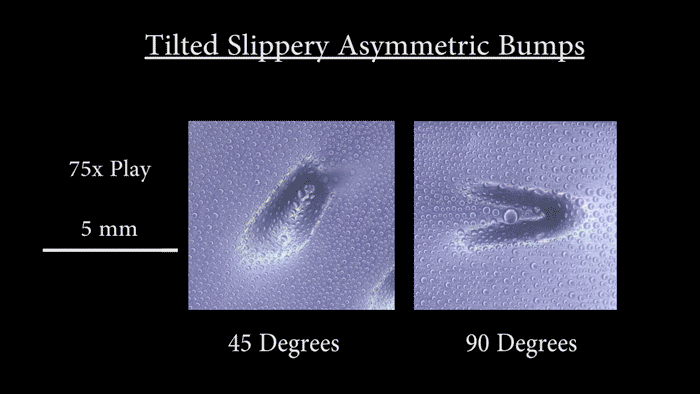
Nature has provided the Namibian desert beetle with an extraordinary ability to collect water, with its back covered with small bumps. This same beetle also inspired another water collecting method we reported on not so long ago, the “Warka Water Tower”. The material’s surface has asymmetric 0.9-millimeter-tall mounds which promote the condensation of water vapor into droplets.
The smooth surface on the inside of the jug of Pitcher plants has been formed by evolution providing it with as little friction as possible.
The asymmetric placement of the tags of cacti makes it able to condense water and the V-shaped cactus spines direct the water droplets towards its body. Using modeling, the team found that this natural water-trapping mechanism could be enhanced by mimicking the geometry and slopes of cactus spines.
The researchers looked all of the above three solutions to combine them into a super combination that can collect water droplets ten times more efficient than materials available and used today.
“By optimizing that bump shape through detailed theoretical modeling and combining it with the asymmetry of cactus spines and the nearly friction-free coatings of pitcher plants, we were able to design a material that can collect and transport a greater volume of water in a short time compared to other surfaces.”, said Kyoo-Chul Park, a postdoctoral researcher and the first author of the paper.
Biomimetics from Multiple Sources
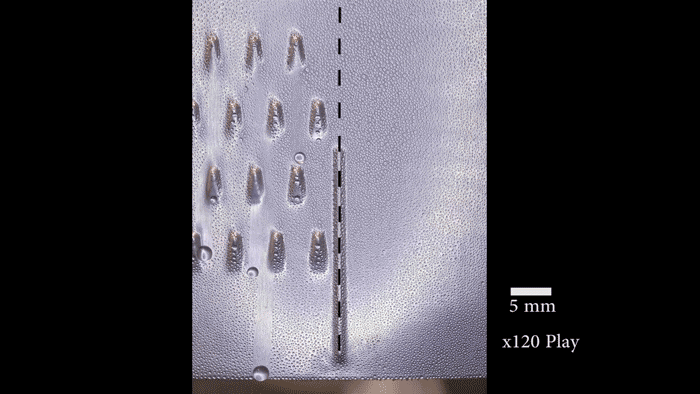
The research was a collaboration between researchers at the Harvard John A. Paulson School of Engineering and Applied Sciences (SEAS) and the Wyss Institute for Biologically Inspired Engineering at Harvard University.
“Everybody is excited about bioinspired materials research,” said Joanna Aizenberg, the Amy Smith Berylson Professor of Materials Science at SEAS and core faculty member of the Wyss Institute. “However, so far, we tend to mimic one inspirational natural system at a time. Our research shows that a complex bio-inspired approach, in which we marry multiple biological species to come up with non-trivial designs for highly efficient materials with unprecedented properties, is a new, promising direction in biomimetics.”
This research was supported by the Department of Energy and has been published in the scientific journal Nature.
_______________
Reference: Condensation on slippery asymmetric bumps. Nature. DOI: 10.1038 / nature16956
______________________________


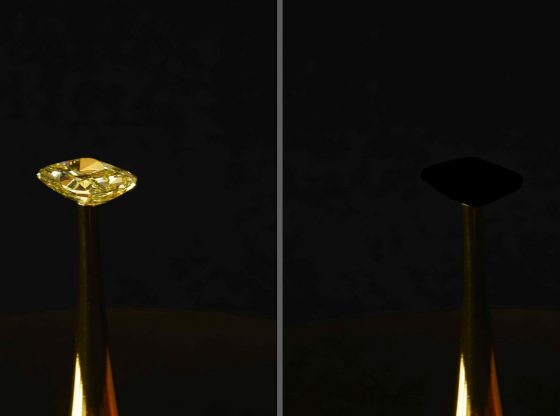
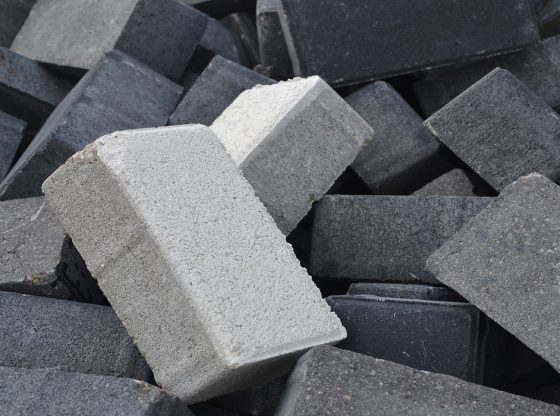
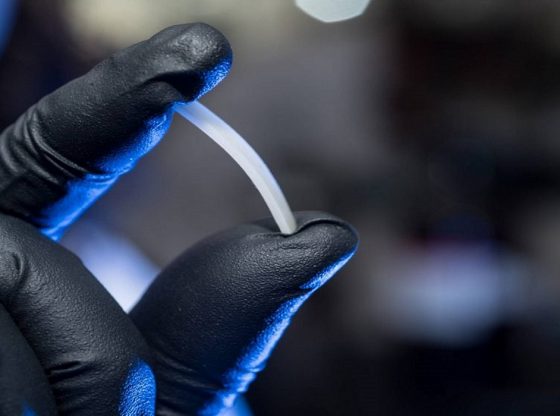

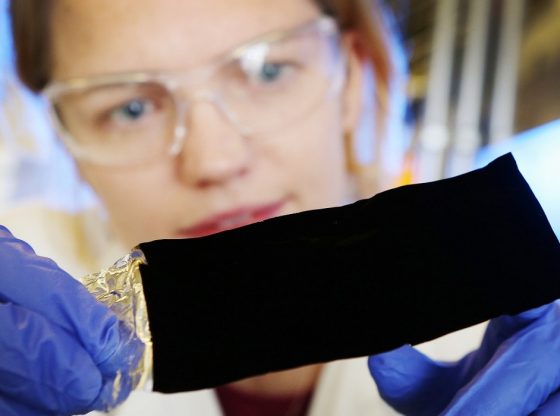

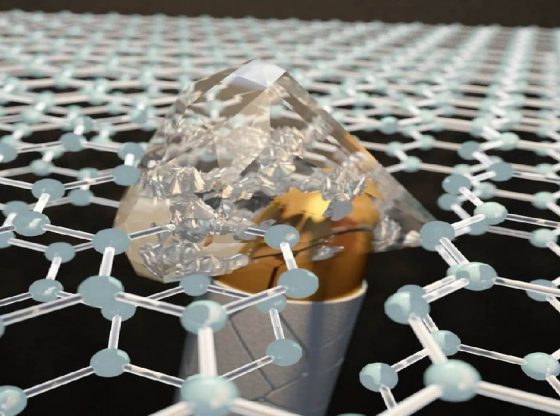

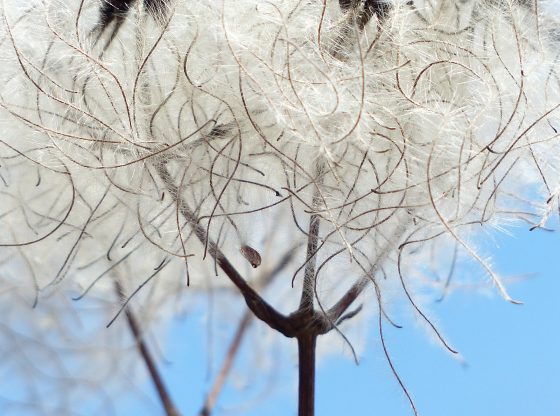
![OpenAI. (2025). ChatGPT [Large language model]. https://chatgpt.com](https://www.illustratedcuriosity.com/files/media/55136/b1b0b614-5b72-486c-901d-ff244549d67a-350x260.webp)
![OpenAI. (2025). ChatGPT [Large language model]. https://chatgpt.com](https://www.illustratedcuriosity.com/files/media/55124/79bc18fa-f616-4951-856f-cc724ad5d497-350x260.webp)
![OpenAI. (2025). ChatGPT [Large language model]. https://chatgpt.com](https://www.illustratedcuriosity.com/files/media/55099/2638a982-b4de-4913-8a1c-1479df352bf3-350x260.webp)








